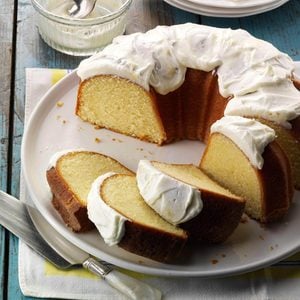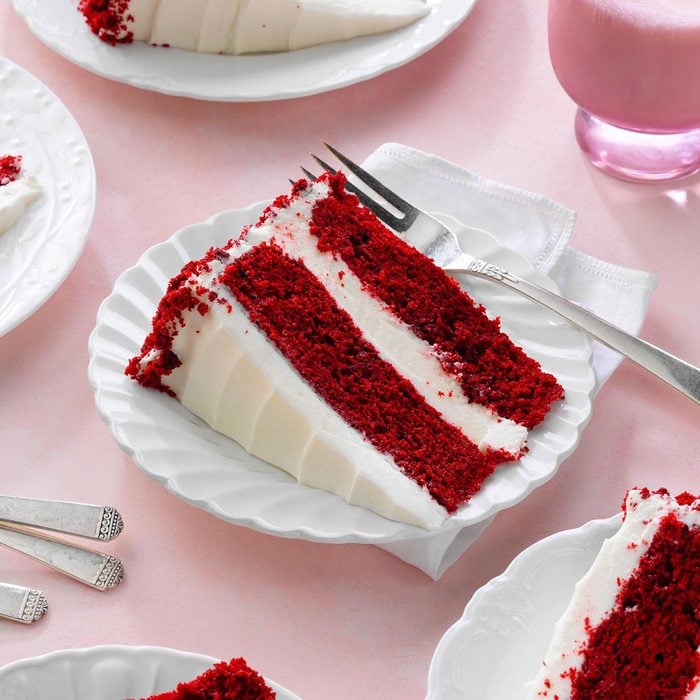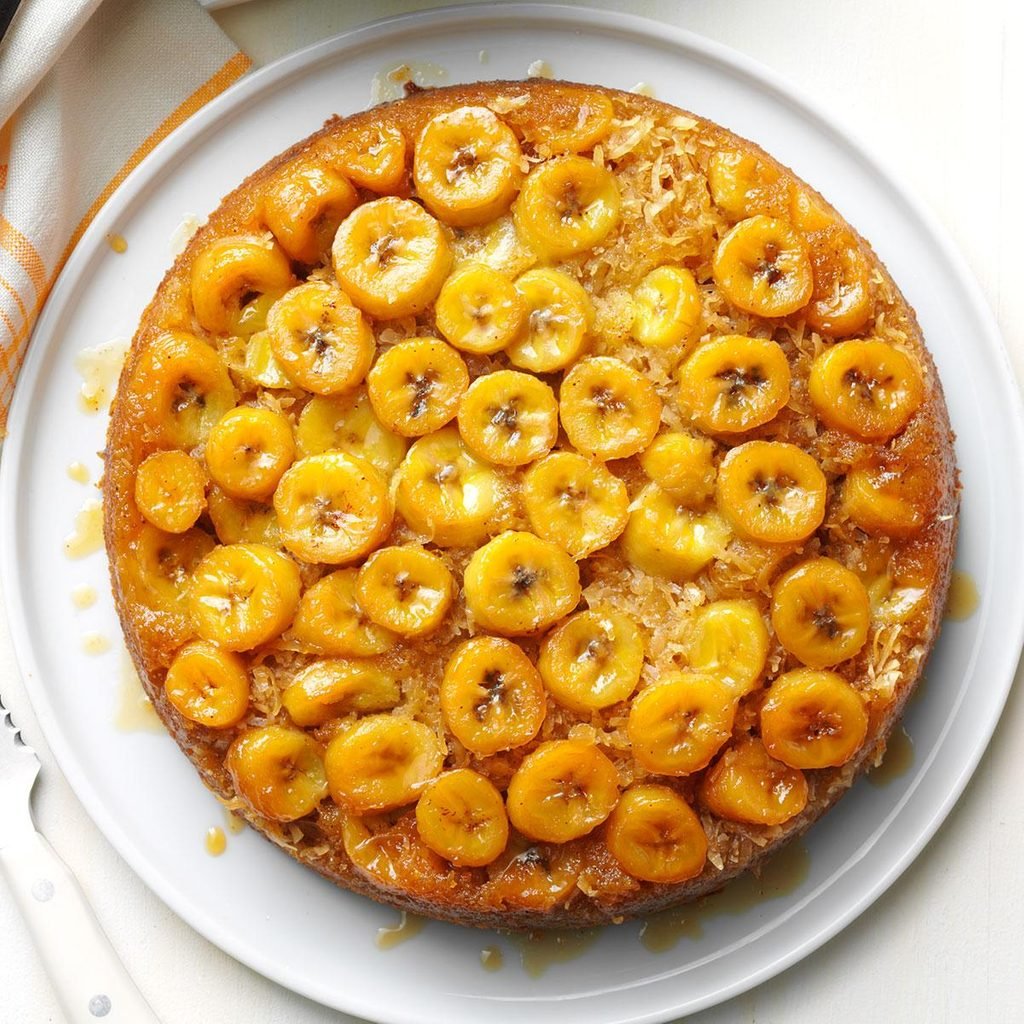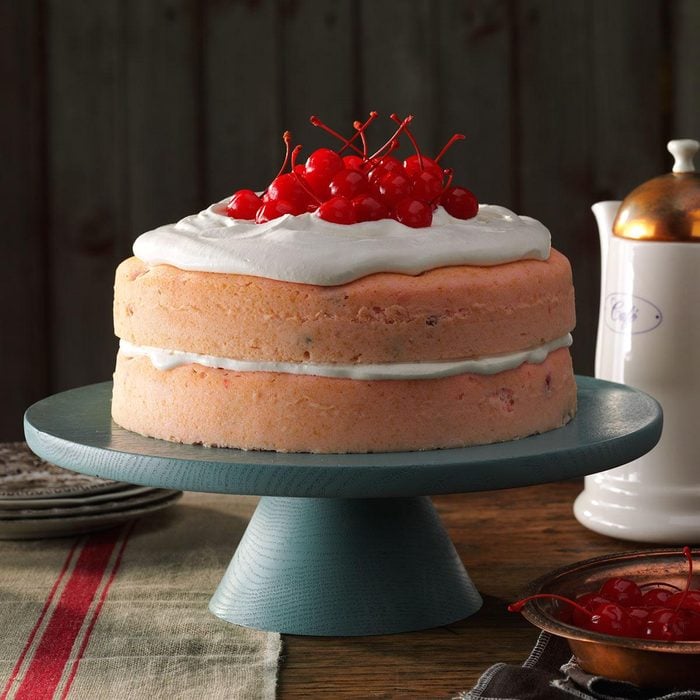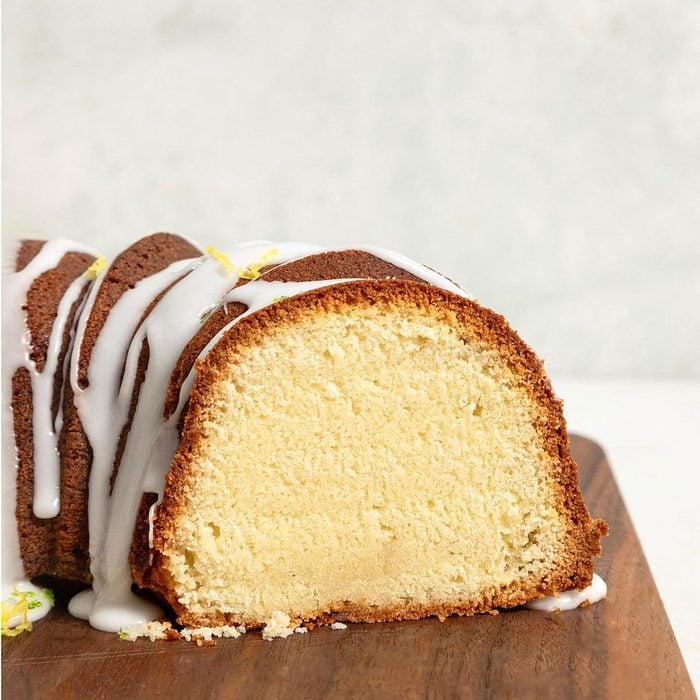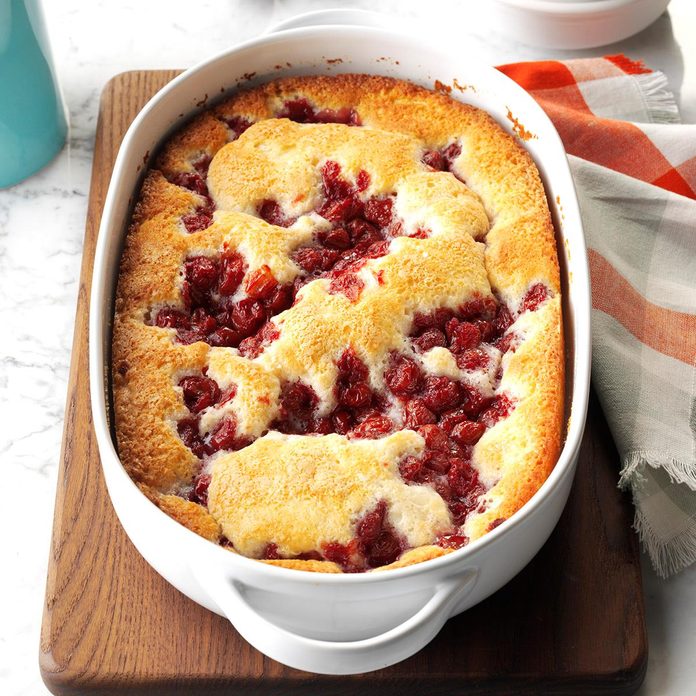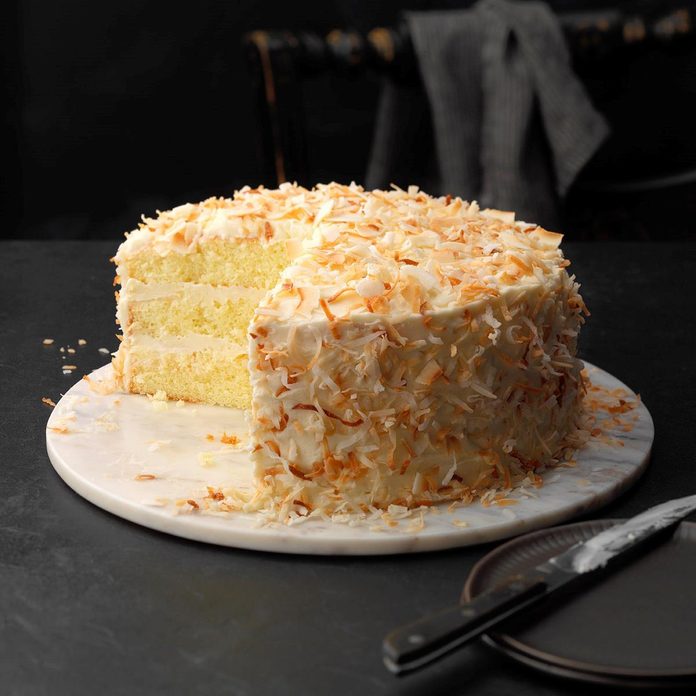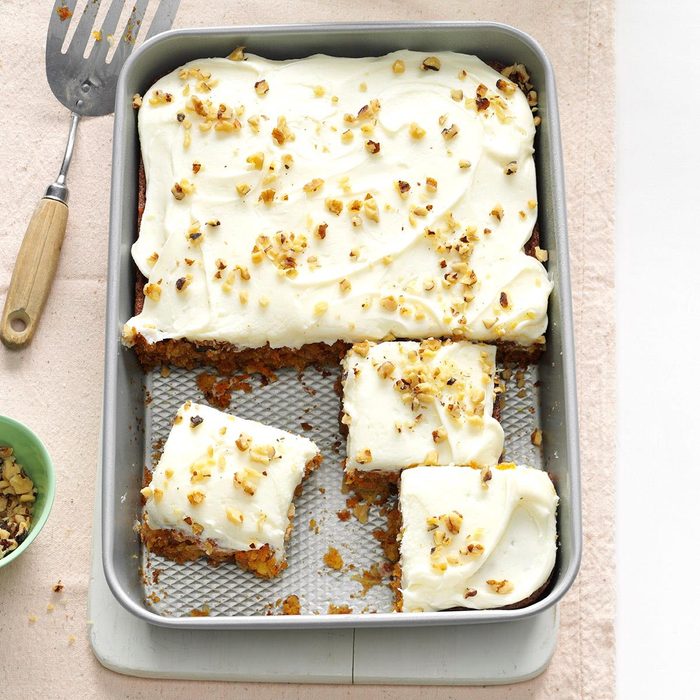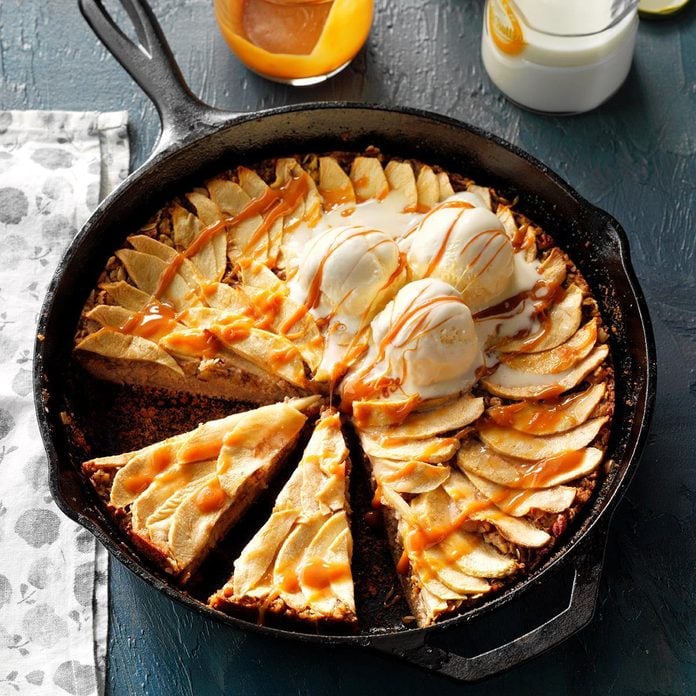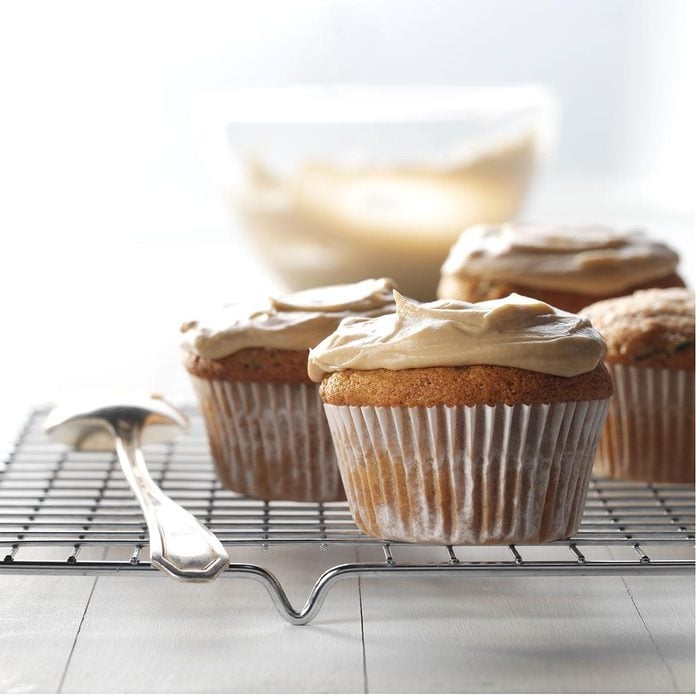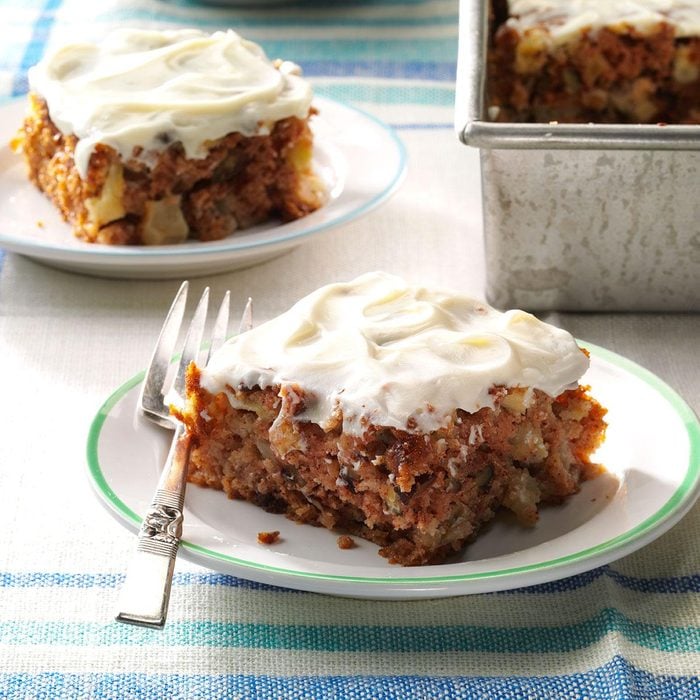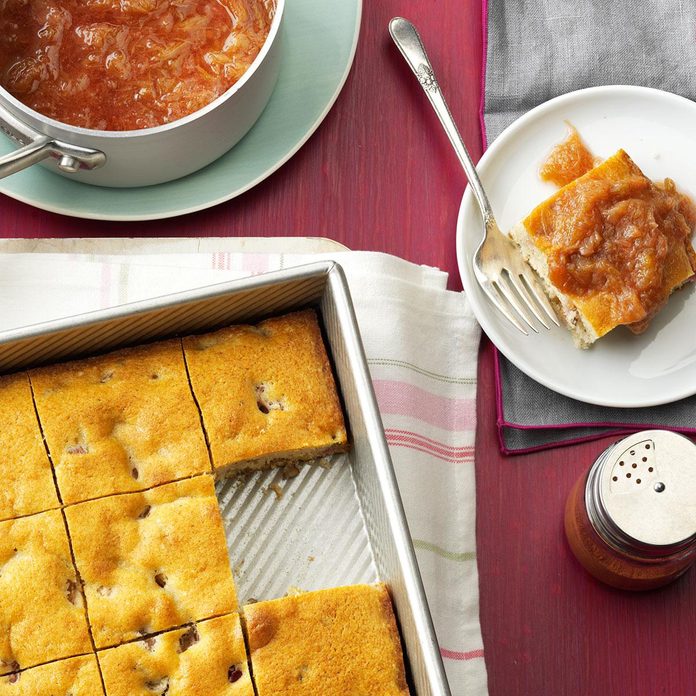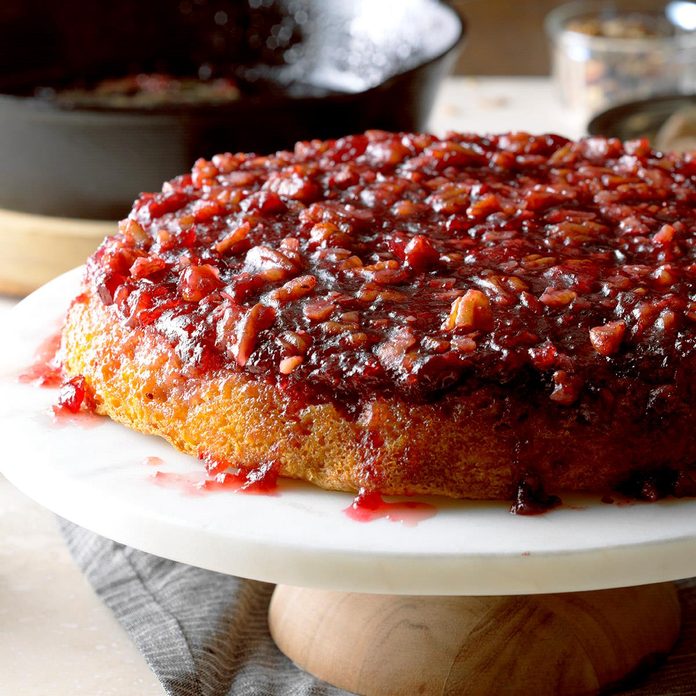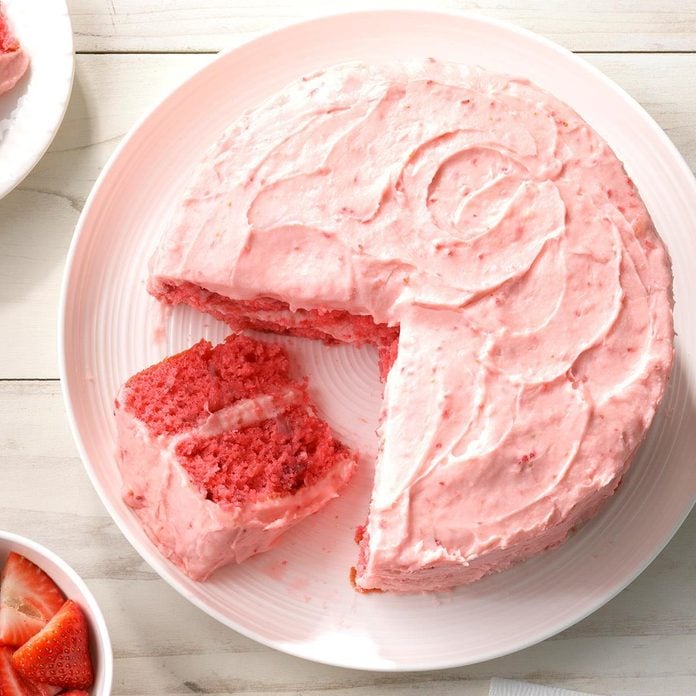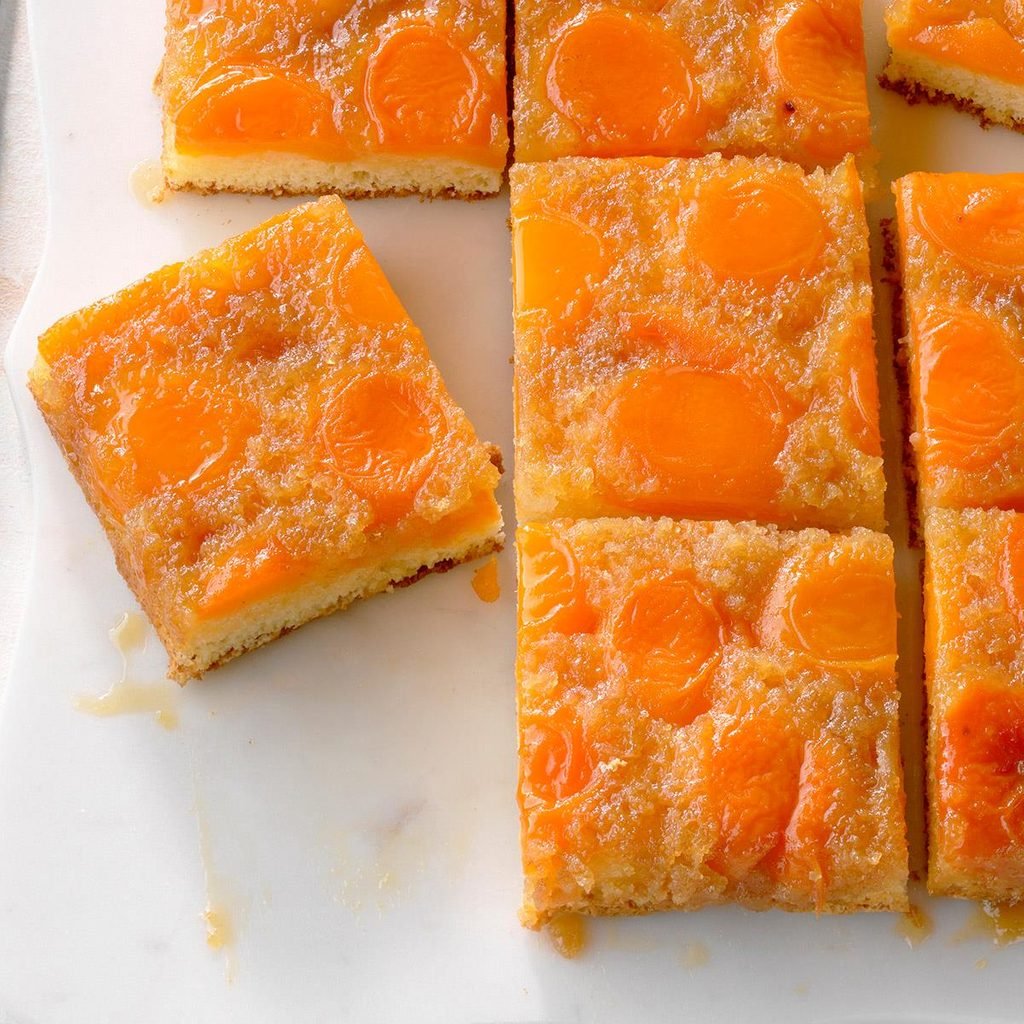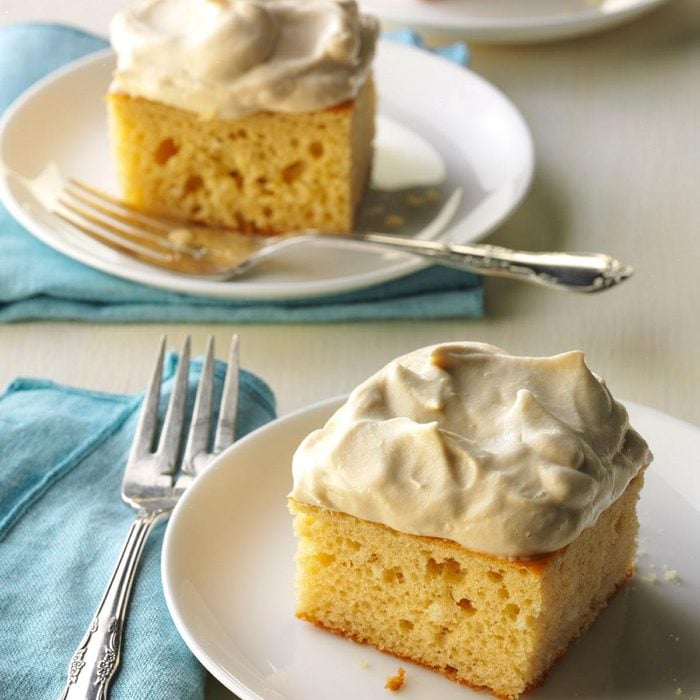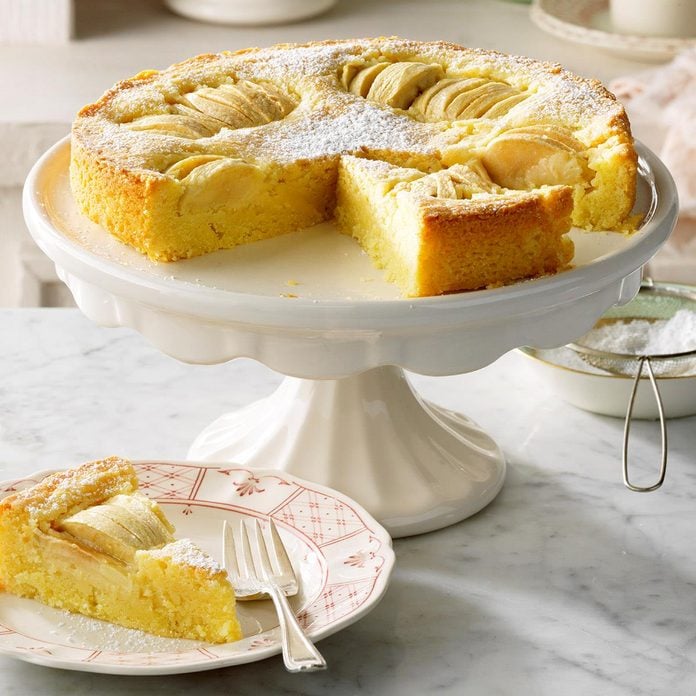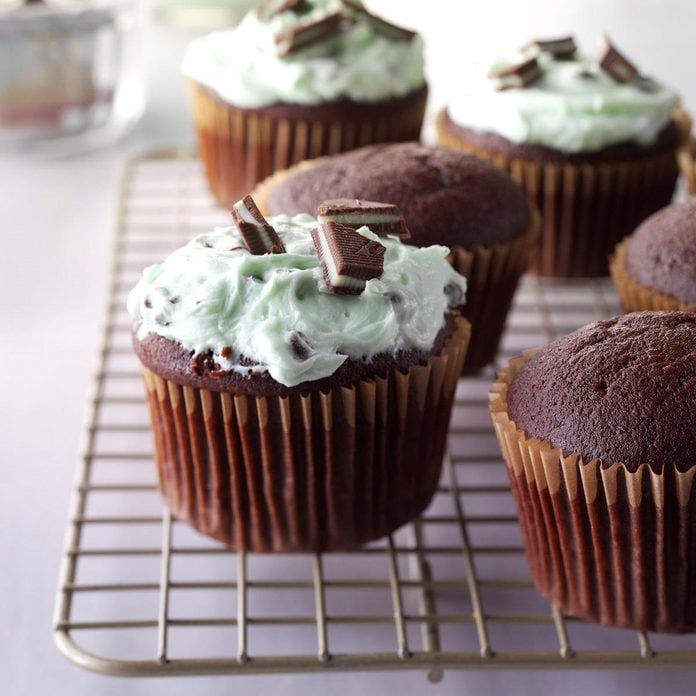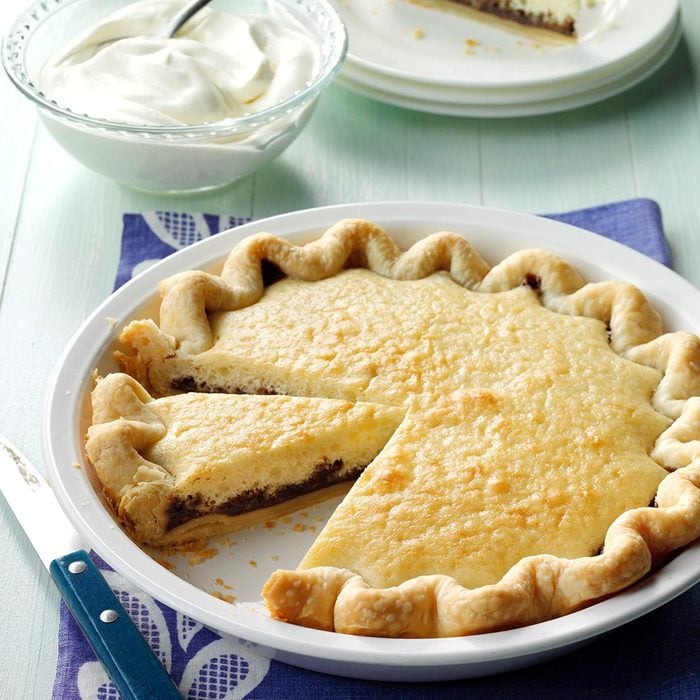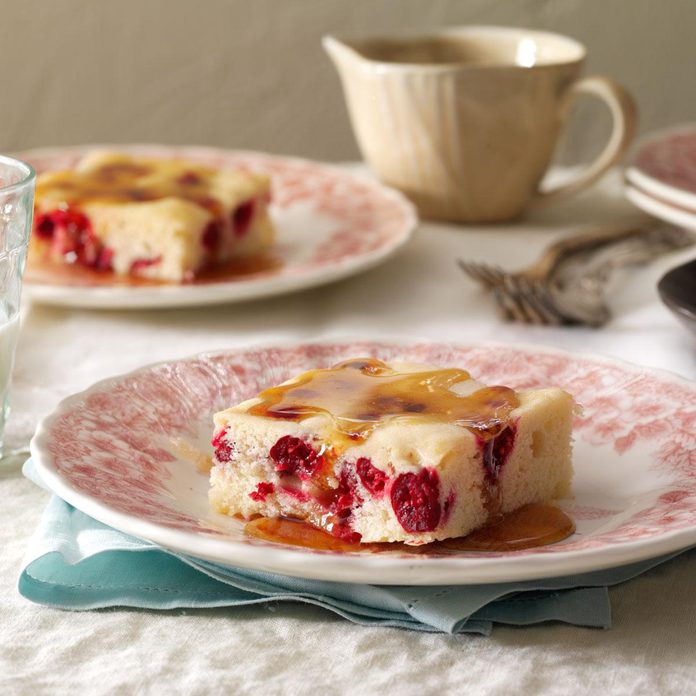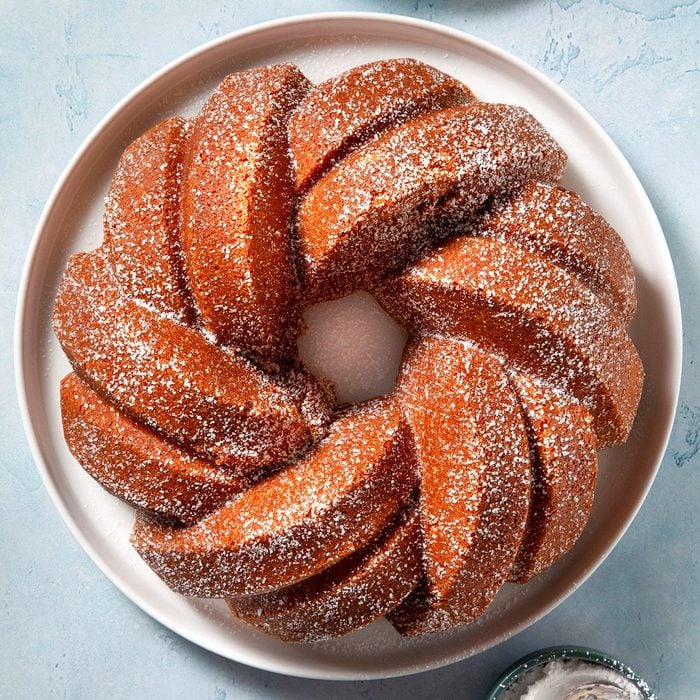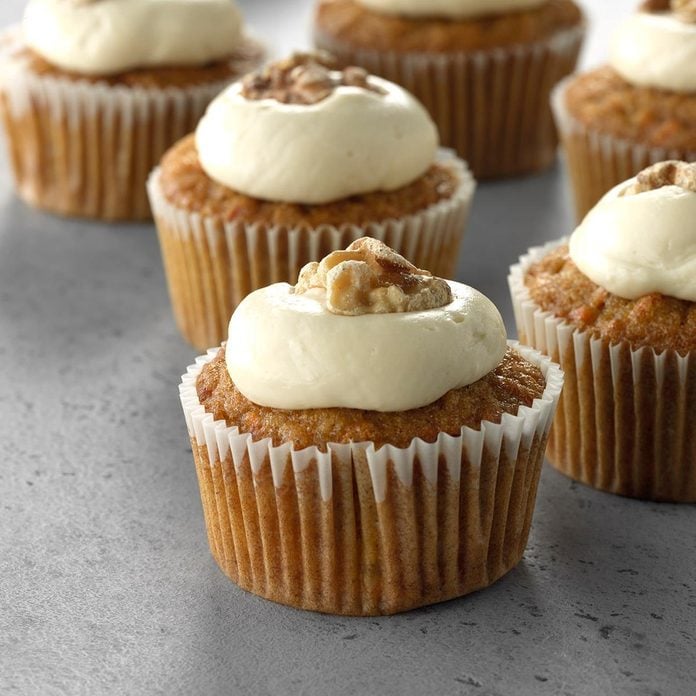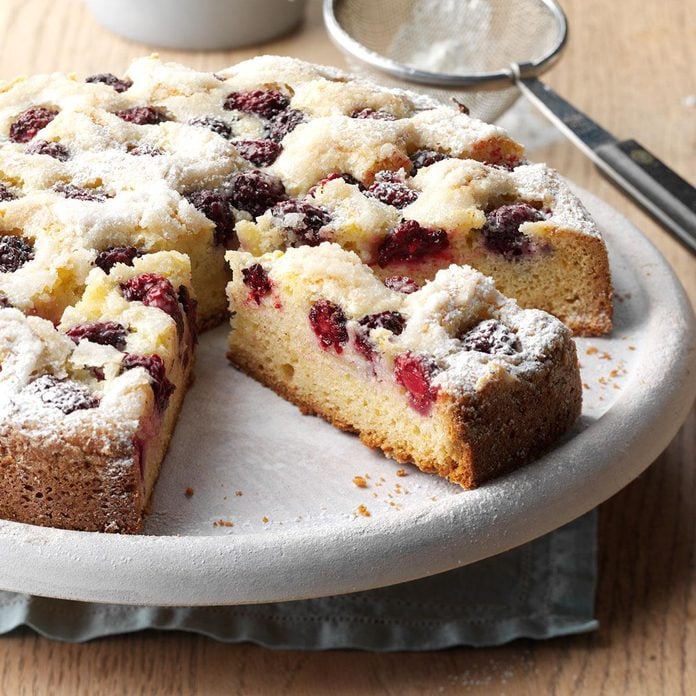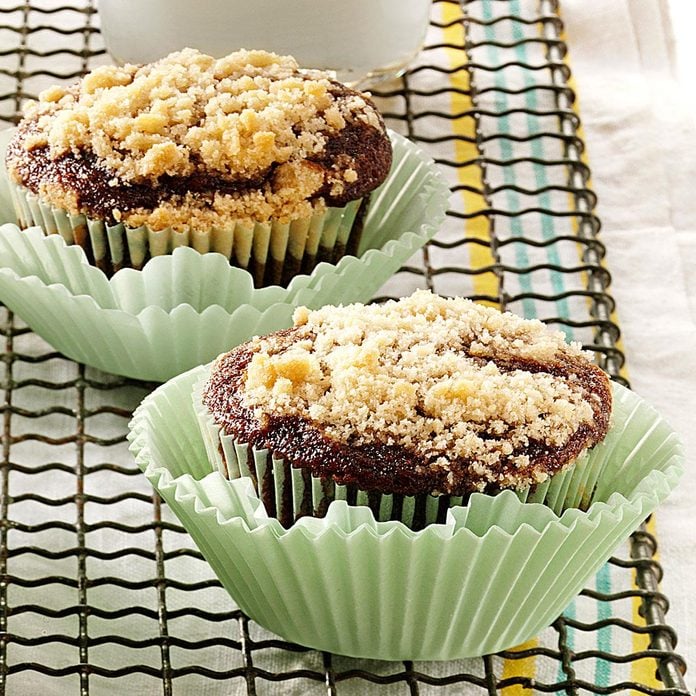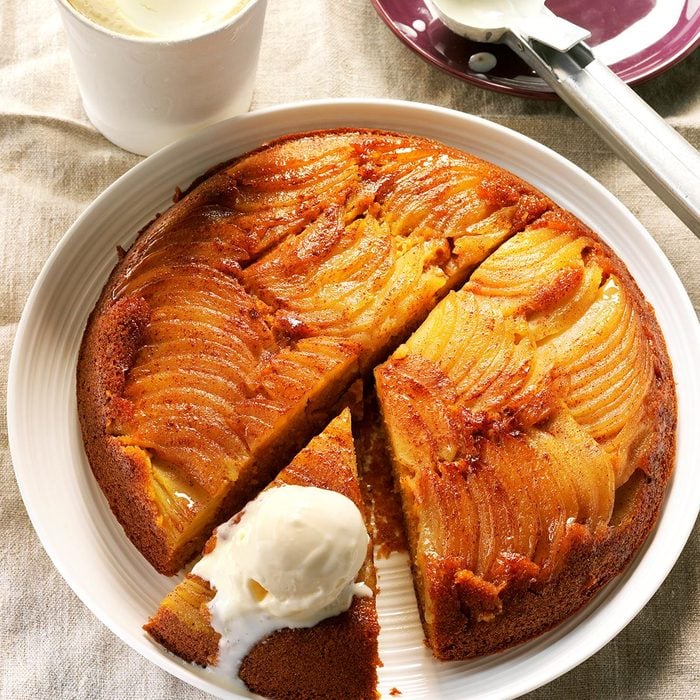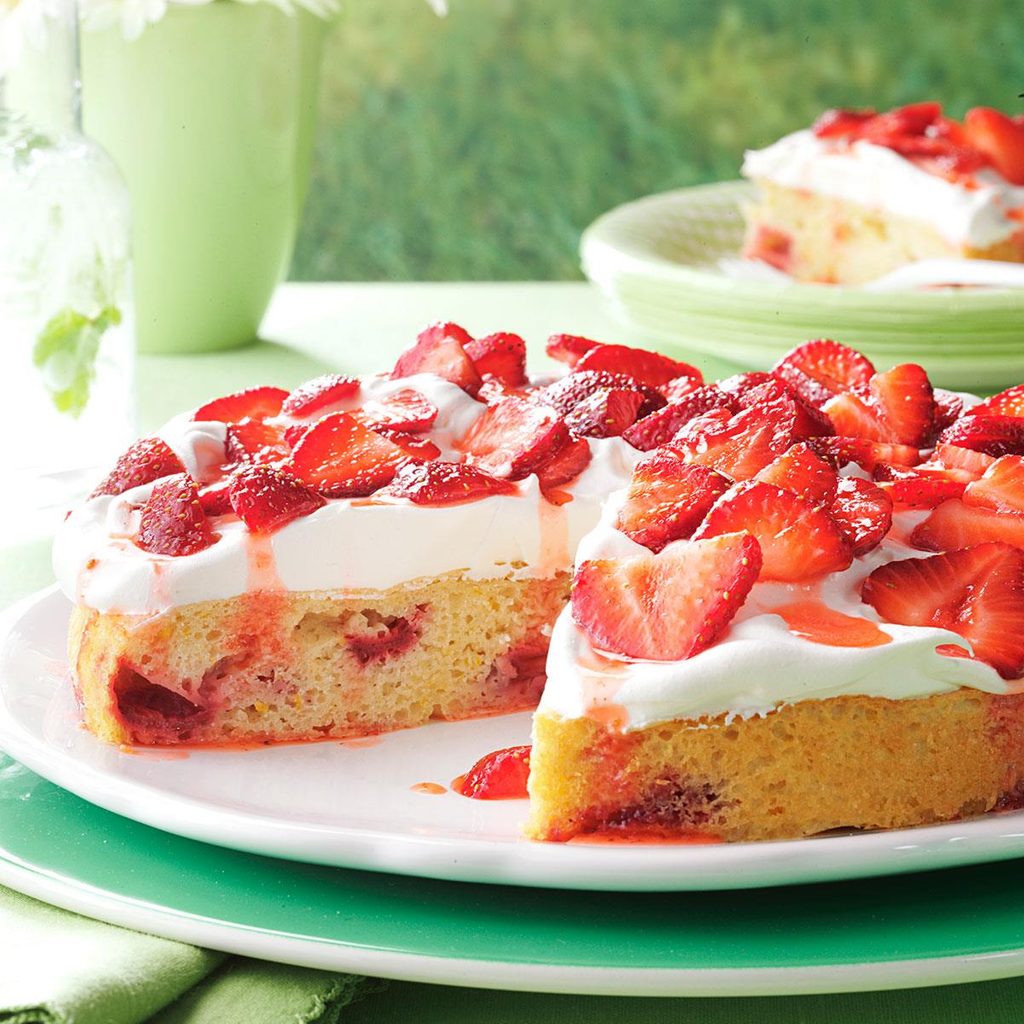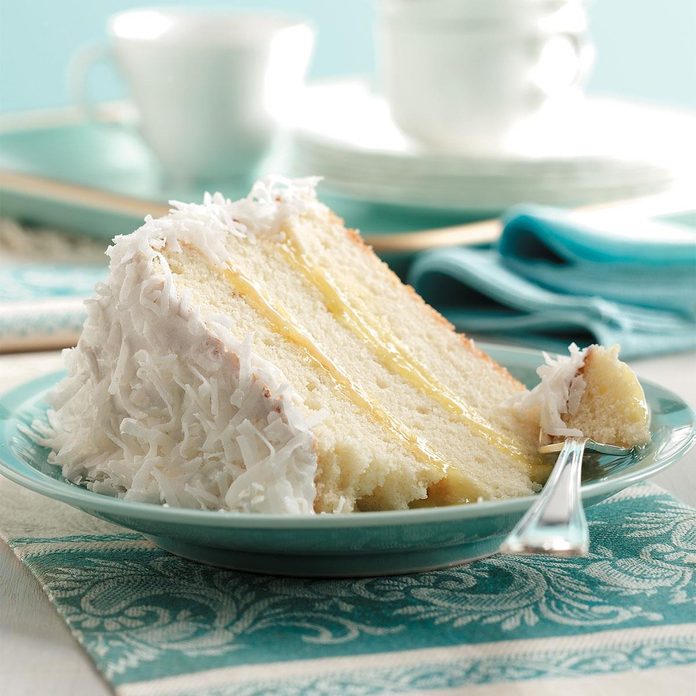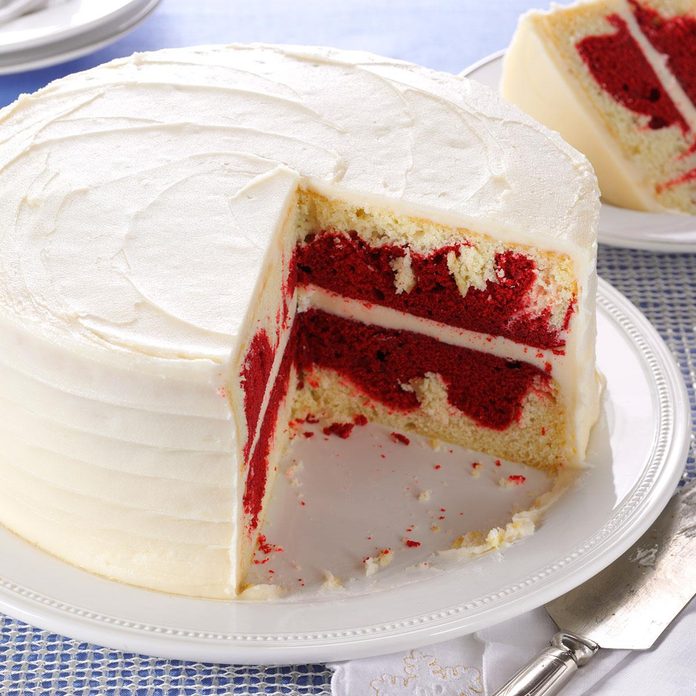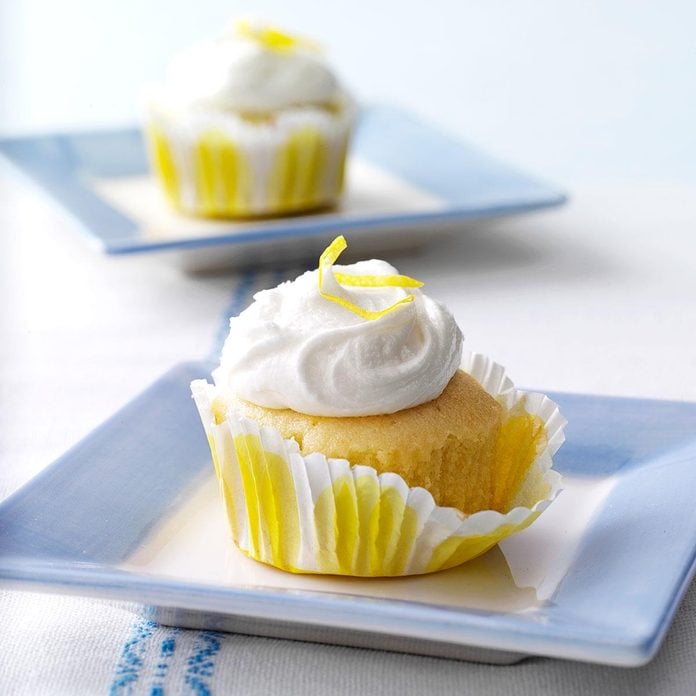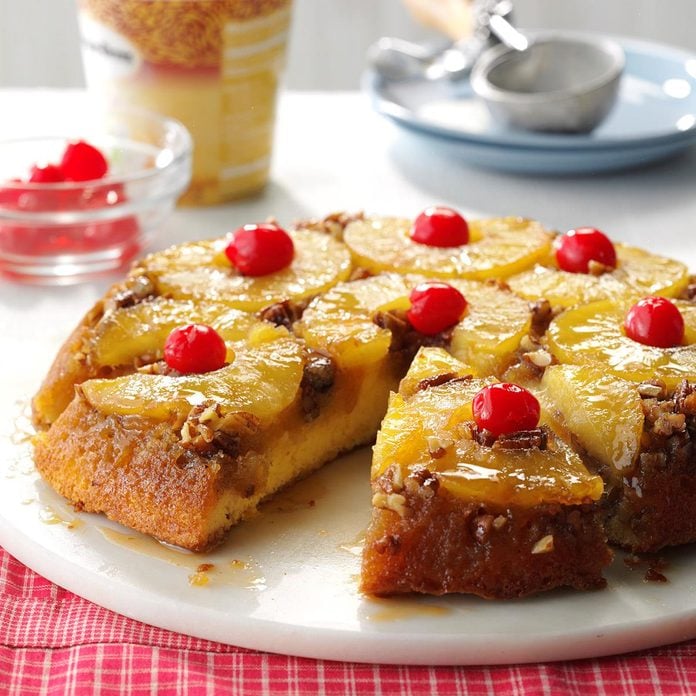Here’s what to do!
Theres nothing worse than meticulously followinga classic cake recipeonly to end up with a so-so cake.
So what went wrong?

Why doesnt your homemade cake look more like a restaurant-quality dessert?
It all comes down to how you cream the butter, eggs and sugar.
But having room temperature butter isnt the only important factor in the equation.

What is Creaming?
Creaming is the magical step that creates a light and airy homemade cake.
Your recipe probably starts by beating the room temperature butter and sugar together.

Too cold and you wont produce enough air bubbles.
Too warm and the melted butter wont bind with the sugar.
Somewhere between 68F and 70F is just right.

Next, youll add the eggs (one at a time) to the creamed butter and sugar.
This helps stabilize the buttery mixture, essentially creating an elastic structure that traps all those air bubbles inside.
But, if the eggs are cold, the magical creation simply falls flat.

So… What Happens If You Add Cold Eggs?
Okay, so its NOT the end of the world if the eggs are cold.
Instead of creating a light and fluffy cake, youll have an okay cake that lacks a heavenly chew.

Itll still taste good, but it wont tastegreat.
You see, when you add cold eggs to your creamed butter, one of two things will happen.
Instead of looking creamy, the mixture will look, well,curdled.

The second thing that can happen is much less dramatic: The batter will fail to emulsify.
Ideally, the fat from the egg yolks will perfectly bind with the fat in the butter.
Thats why you want to add your room temperature eggs one at a time.

Try whipping upsome of Grandmas best cakes, including pound cake, upside-down cakes, cupcakes and more.
We recommend our users to update the web app.




























